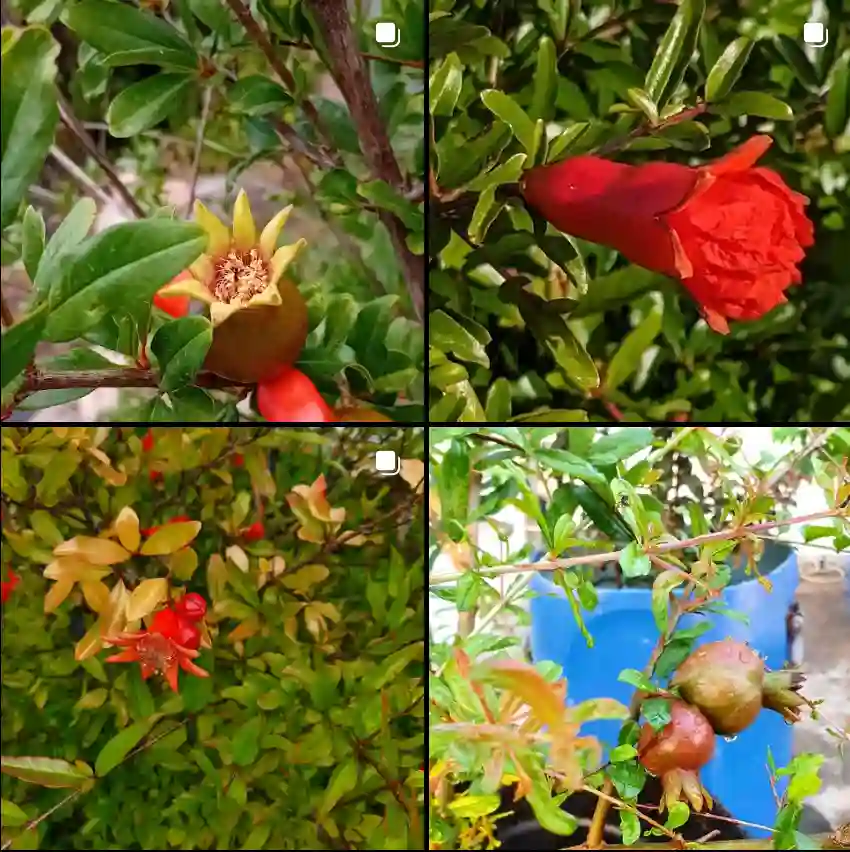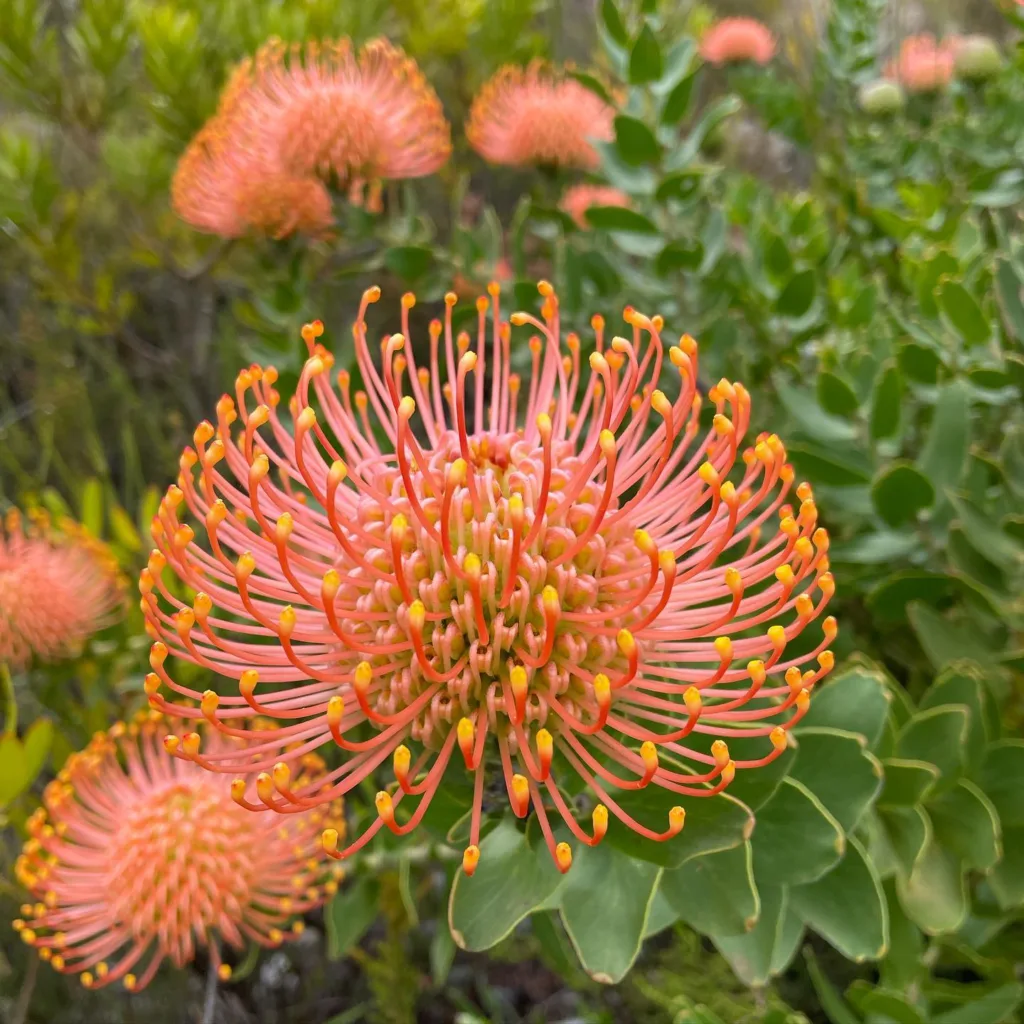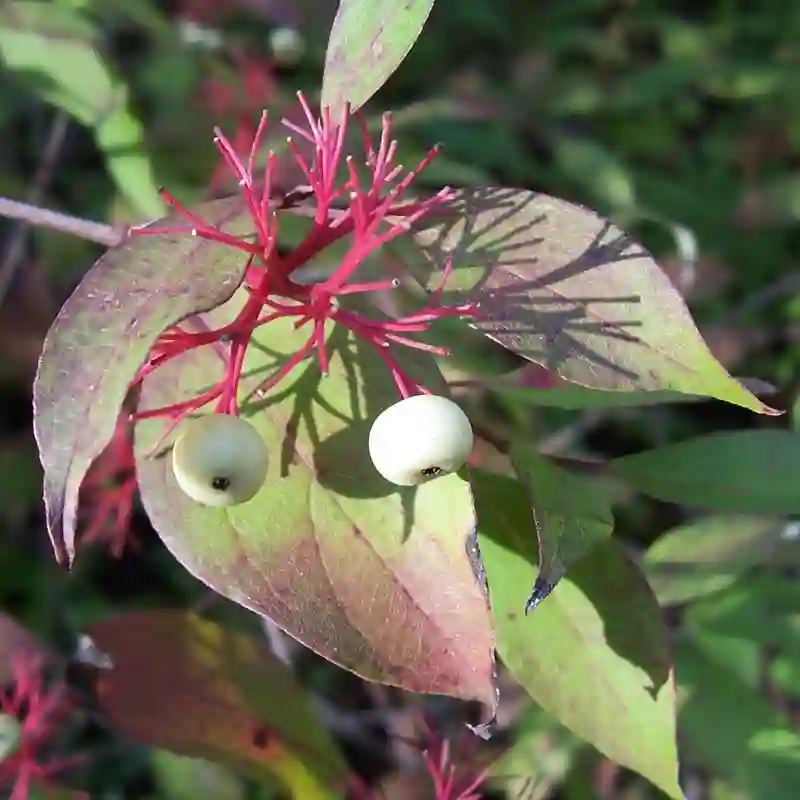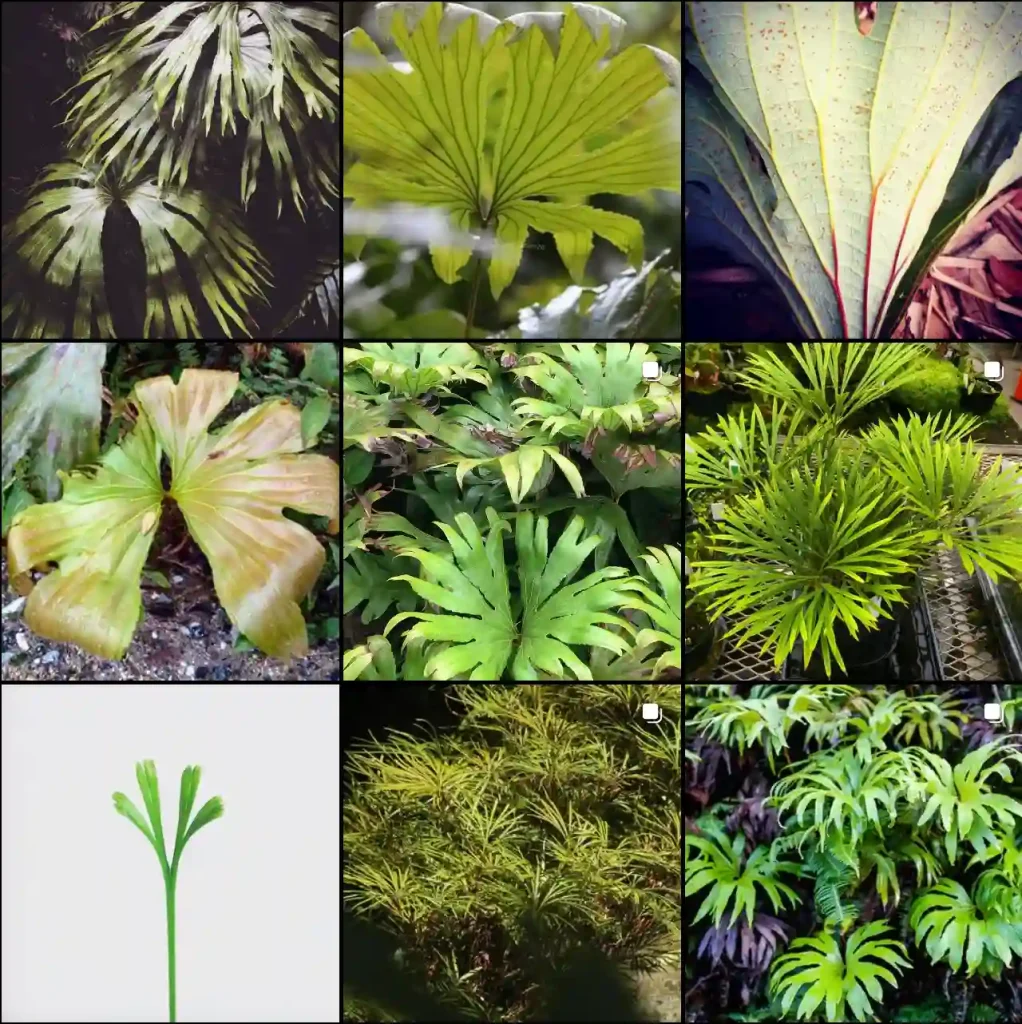Trachyandra Tortilis: A Charming Little Succulent for Your Collection
As a succulent enthusiast, I’m always on the lookout for unique and interesting additions to my collection. That’s how I stumbled upon the Trachyandra tortilis, a captivating little succulent that stole my heart. With its delicate pink flowers and quirky, spiraling leaves, it quickly became a favorite.
If you’re looking for a charming and relatively low-maintenance succulent to add to your own plant family, then the Trachyandra tortilis might be the perfect choice for you! In this article, I’ll share everything I’ve learned about this little gem, from its origins and care requirements to where to find one and what to plant it with.
60 Species in Genus Trachyandra
What is Trachyandra Tortilis?
Trachyandra tortilis is a succulent belonging to the Asphodelaceae family, which also includes aloes and agaves. This South African native is a true geophyte, meaning it stores water in an underground tuber. Standing at a maximum height of 25 cm, it boasts 3-6 slender, grey-green leaves that twist and curl upwards, adding a touch of whimsy to any arrangement.
The real showstopper, however, are the blooms. Trachyandra tortilis produces pale pink flowers with subtle green markings, borne on a branched inflorescence. These delicate blossoms add a pop of color and create a delightful contrast with the foliage.
How to Care for Trachyandra Tortilis?
The good news is that Trachyandra tortilis is a relatively easy succulent to care for, making it ideal for both seasoned plant parents and beginners alike. Here’s what you need to know to keep your Trachyandra tortilis thriving:
- Light: This little succulent enjoys plenty of bright, indirect sunlight. South-facing windows are a great option, but avoid harsh afternoon sun which can scorch the leaves.
- Water: As a succulent, Trachyandra tortilis prefers to dry out completely between waterings. During the active growing season (spring and summer), water deeply when the soil feels completely dry to the touch. In the winter, water even less frequently, allowing the soil to stay dry for extended periods.
- Soil: Well-draining soil is crucial to prevent root rot. A good succulent or cactus mix will do the trick. You can also create your own by mixing regular potting mix with perlite or sand for increased drainage.
- Temperature: Trachyandra tortilis prefers warm temperatures, ideally between 18-24°C (64-75°F). It can tolerate cooler temperatures down to around 10°C (50°F) but avoid frost or freezing conditions.
- Fertilizer: Feeding is not essential for Trachyandra tortilis, but you can give it a light feeding with a balanced fertilizer diluted to half strength during the growing season.
How to Propagate Trachyandra Tortilis?
If you’d like to expand your Trachyandra tortilis collection or share the joy with friends, propagation is a fun and relatively simple process. There are two main methods:
- Division: This method works best with mature plants that have formed offsets (baby plants) around the base. Carefully remove the mother plant from its pot and gently tease apart the offsets. Ensure each division has a healthy portion of the tuberous root and pot them individually in well-draining succulent mix. Water sparingly until new growth appears.
- Seeds: Propagation by seeds takes longer, but it’s a rewarding experience. Sow Trachyandra tortilis seeds in a shallow container filled with moistened, well-draining seed starting mix. Keep the soil barely moist and provide warm temperatures with indirect sunlight. Germination can take several weeks. Once seedlings emerge, thin them out and care for them as you would mature plants.
Where to Buy Trachyandra Tortilis?
Trachyandra tortilis might not be as readily available as some common succulents, but with a little searching, you can find it from various sources. Here are a few options to consider:
- Online nurseries: Many online succulent retailers offer Trachyandra tortilis, often as seeds or young plants.
- Specialty succulent nurseries: If you have a local succulent nursery, it’s worth checking their stock. These nurseries often carry a wider variety of less common succulents.
- Plant shows and swaps: Plant shows and swap events are fantastic places to find unique plants and connect with other plant enthusiasts. You might just score a Trachyandra tortilis from a fellow collector!
What to Plant with Trachyandra Tortilis?
Here are some ideas for what to plant with your Trachyandra tortilis:
- Complementary colors: For a vibrant contrast, pair your Trachyandra tortilis with succulents boasting contrasting colored foliage. Think blue echeverias, burgundy colored sedums, or even a lime green jade plant.
- Similar textures: Playing with texture adds visual interest to your arrangement. Consider low-growing, clumping succulents like Haworthias or Aloe striata with their interesting markings.
- Mimicking its form: Embrace the whimsical spiral of the Trachyandra tortilis leaves by planting it alongside other succulents with similarly twisting or curling foliage. Albuca spiralis (corkscrew aloe) or Crassula mesembryanthemum (coppertone jade) would be excellent companions.
- Creating a miniature landscape: For a more dramatic effect, consider planting your Trachyandra tortilis in a container designed to resemble a miniature landscape. Add small rocks and pebbles to represent mountains and use trailing succulents like String of Pearls or Burro’s Tail to cascade over the edges, creating a sense of depth and dimension.
No matter how you choose to style it, the Trachyandra tortilis, with its delicate blooms and quirky charm, is sure to become a conversation starter in your succulent collection.
If i die, water my plants!



